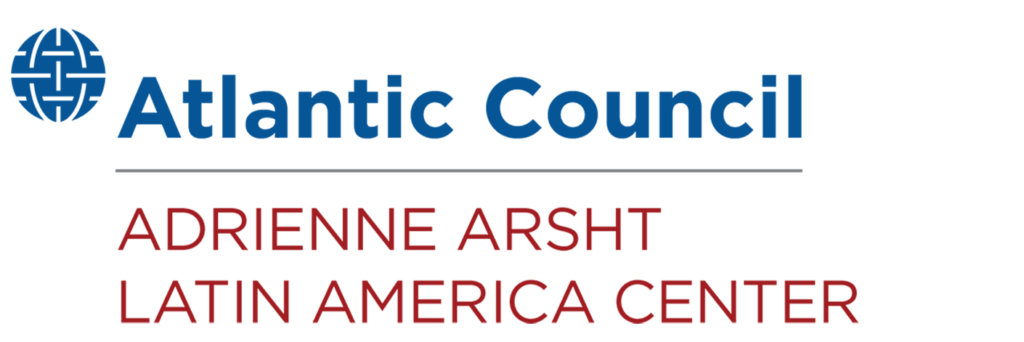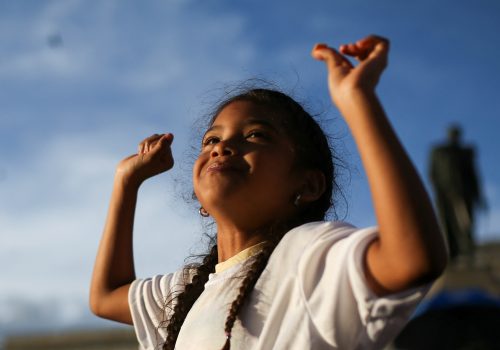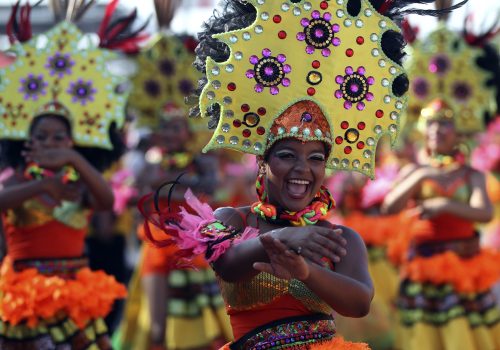Share the Colombian American dream
GROWING UP IN THE NEIGHBORHOOD of Jackson Heights, Queens, in New York City taught me an early lesson on being myself. From a tender age, I felt the pressure of “being different,” and experiencing the world through an unusual lens as I witnessed my mother work several exhausting jobs to keep our family afloat in a country that was foreign to us. Soon, I realized that “being different” made me a target to those who did not sympathize with the way I looked or how I spoke. Living in a predominantly Caucasian neighborhood forced me to learn about survival, who I was, and, ultimately, who I was meant to become.
I was born in Bogotá, Colombia, and although I moved to the United States at a young age, I never ceased exalting my identity as a Colombian and a Latino. I don the badge and the title of being an immigrant to the United States with the utmost honor and respect. Throughout my career in the arts––from performing in local New York City venues to opening a show on Broadway and eventually breaking glass ceilings in Hollywood––I have accomplished what might have seemed unimaginable through unspeakable hours of hard work and tribulation, a marvelous quality that all Latino immigrants share.
Making a decent living in the United States as a minority is no simple feat, yet there is no one better than an immigrant with a dream and a purpose to upend that expectation. As a young boy running around the streets of New York, using my humor as a means to stay safe in the urban jungle, I learned to channel the gargantuan resilience of a Colombian American, repurposing life’s difficulties into fuel to keep my dream alive.
Most of the people who once bullied me quickly found me hilarious–– or perhaps I worked at crafting that comedic image better than I could have imagined, and it was precisely that comedy that took me down trails not blazed before. I was aware of being a skimpy little brown kid with a funny speech pattern who could imitate every accent imaginable.
I was a nerd in love with the arts, reading, comic books, plays, movies, and great performers; I used this adoration to empower myself in a place that was not seeing me or my potential. I refer to this source of motivation as “Ghetto Nerd Power.”
It was by the library’s bookshelves and, later, inside the theater where I met my true self and decided to step into my future, no matter the hardships, setbacks, or prejudice. I was ready to do it all: study drama, learn diverse acting techniques, practice tongue twisters, follow elocution lessons, and audition for every single role possible. It was never easy, and sometimes it still feels that way, but failure was and is never an option. I stand by the statement “Latinos must do twice the work to get half the opportunities,” because I have experienced this scenario on several occasions. Nevertheless, Latino tenacity, spiritual fiber, and passion from my Colombian DNA propelled me to search within myself and forge my destiny.
I first won over audiences in 1991 as the star and writer of MamboMouth. I have portrayed seven different Latino characters in sold-out theaters off-Broadway. I have played various characters from different backgrounds, including a lowlife criminal in Carlito’sWay(1993), Luigi in SuperMarioBros(1993), and nineteenth-century French artist Toulouse-Lautrec in Moulin Rouge (2001). And even though I have been blessed with international success, I still source much of my material from my unlikely path to stardom–– from a working-class family in Queens to a renowned artist in theatre, film, and television.
This beautiful nation has offered me life-changing possibilities. I am humbled by the astonishing achievements I have amassed in the United States. My indigenous Chibcha,Muisca(TheMuisca[alsocalledChibcha]are an indigenous people and culture of the Altiplano Cundiboyacense, Colombia), and Afro-Latino identity is deeply-rooted and informs who I am as an artist and human being. I cherish the best of what these identities have granted me––from bilingualism to delicious food to incomparable music to amazing people. I never tire of representing Colombia in this country and in front of the world.
As a Colombian American, I am continuously astounded by the immense talent that treks from Colombia into the United States. I cherish it, and it overwhelms me with unwavering pride. This is why continuous US-Colombia relations signify a beacon of hope, especially when I consider the bond between two nations fighting for the betterment of their people. At the same time, that story and fight do not end here. I may very well be an example to millions of Latino immigrants who are still unsure whether to follow their dream or walk away from it because they have no other choice.
I want to be more than an example. After decades of working in the entertainment industry and sharpening my artistry, I ache to be more than just an image for people to look up to.
Multiplying a Colombian American dream
My experience in this country as a thriving creative and spokesman for positive societal change means that other Colombian Americans can also create a prosperous future where they can empower their careers, livelihoods, and families. This speaks to the need for more programs that foster and enrich the potential of young, brilliant minds who may not have the means to attend top-tier universities or institutions. Pro- grams through which children and young adults can approach educators, resources, and funding are catalysts to spur equity among our youth.
The arts are the most competitive field in the marketplace. Our young Colombian minds should be able to tap into their fullest potential within Colombia and abroad in the United States by participating in cultural and educational residencies to learn how to be great storytellers and collaborators and, ultimately, create their own work with the potential to be seen and commissioned.
Oftentimes, potential is squandered before it can blossom due to a lack of access to opportunities; this is the gap that cultural programs should close. The demand for foundations and artists’ funds at the local level is rising. It is up to established creatives and their teams to champion more tangible opportunities aimed at those who aspire to grow within a career in the arts. Ultimately, it is our responsibility to leverage programs and mentorship.
I wish to gift my message and life experiences to future generations of Colombian Americans, and Latin immigrants everywhere, as a means to inspire. I want to show them that what I have done is not only possible but also attainable; no matter the language they speak, the accent they have, or the color of their skin, they can conceive a beautiful future where they can be seen and celebrated.
This, right here, is what I consider the American dream. And it is now time for it to become a reality for any of mis paisanos (my fellow Colombians) who one day dare decide to claim the extraordinary life for which they have never stopped struggling. I wish for them to open their arms, beam their gorgeous brown smile, and embrace their own Colombian American dream.
Related Allies essays
A roadmap for a new type of engagement
This moment opens the door for a reimagined US partnership with Colombia based on a shared vision for a more prosperous, inclusive, and sustainable future.
Related program

The Adrienne Arsht Latin America Center broadens understanding of regional transformations and delivers constructive, results-oriented solutions to inform how the public and private sectors can advance hemispheric prosperity.
Image: Colombian singer Carlos Vives poses for a photo accompanied by the actors who voiced the characters in the movie "Encanto", in Bogota, Colombia November 10, 2021. Picture taken November 10, 2021. REUTERS/Luis Jaime Acosta


